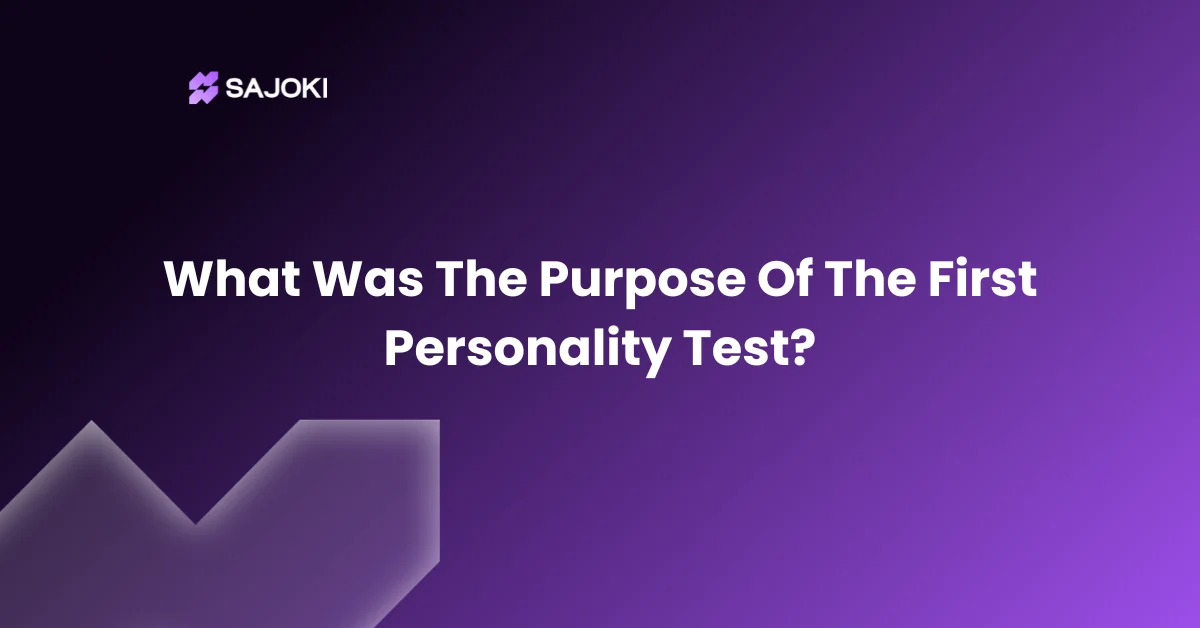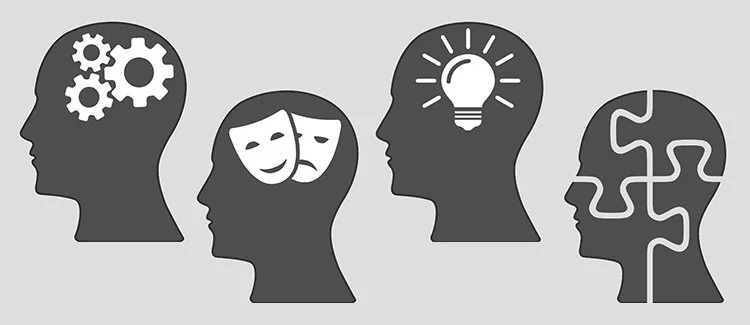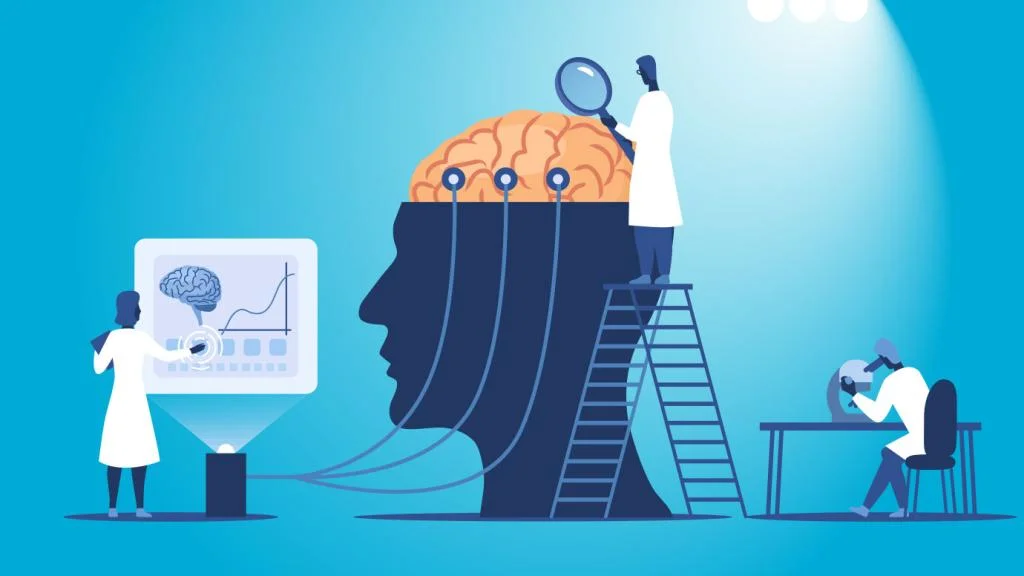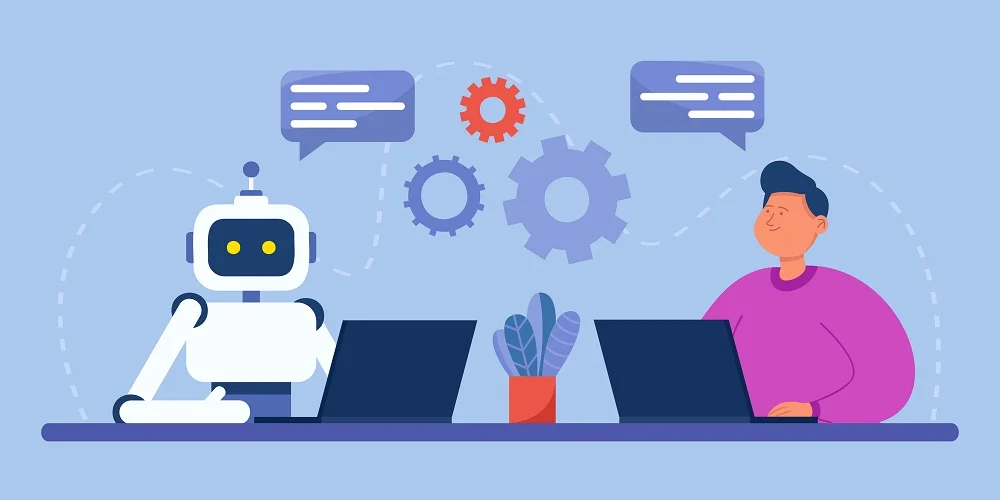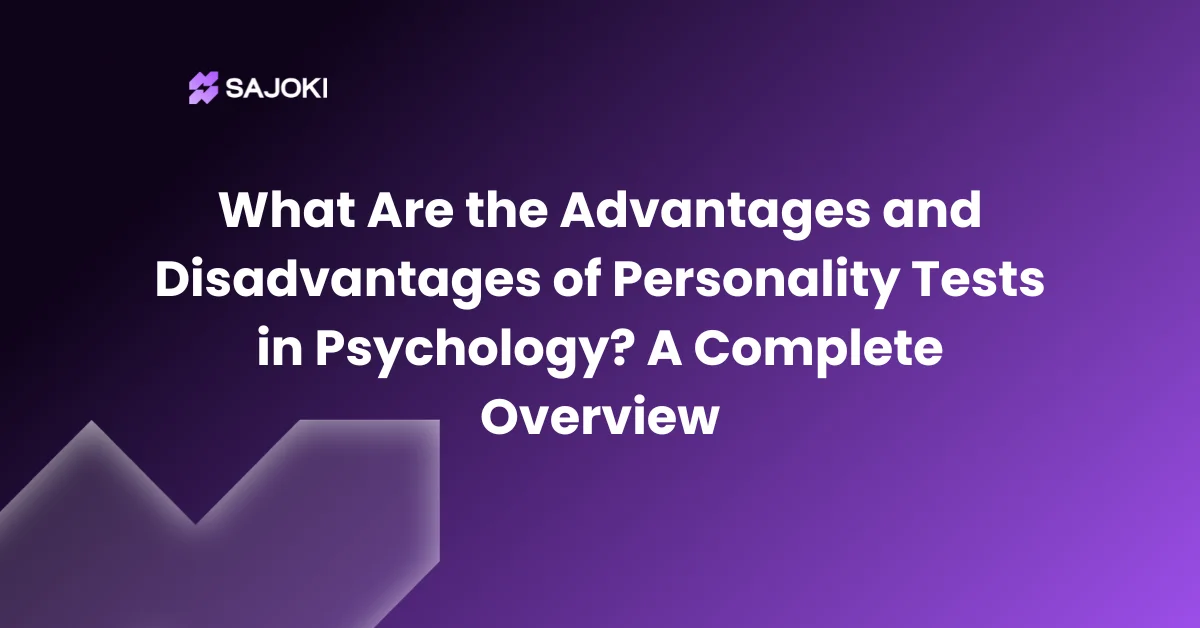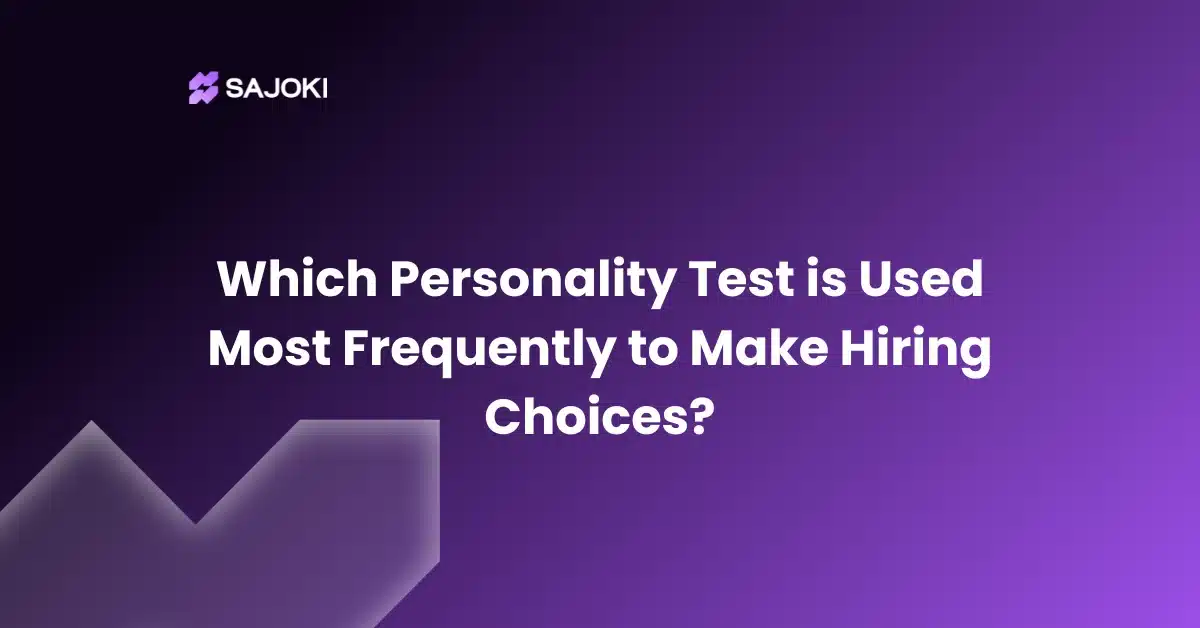Personality tests are used everywhere, from recruitment and talent management to clinical settings and education. They have established a well-rounded presence in so many sectors worldwide. This often leaves people wondering how and why it all started.
So, what was the purpose of the first personality test?
The first personality test was developed to help soldiers in the First World War. A lot of the soldiers faced extensive psychological and behavioral issues due to the war. The personality test helped screen out such vulnerable soldiers.
In this blog, we will get into the details of the first personality test. Additionally, we will discuss its evolution and changes made to personality tests over time. So, let’s get right into it!
The First Personality Test
To know what was the purpose of the first personality test, we have to take a look back at the First World War.
It all started somewhere around 1915, when a majority of the war-ridden British soldiers started facing the consequences of shell shock.
Initially, shell shock was termed to be a mental effect due to the unruly explosions in the war. However, it was eventually found out that soldiers who weren’t exposed to explosions suffered from shell shock. In reality, shell shock had less to do with just explosions, rather, it is what we know today as PTSD.
The aftermath of the shell shock or PTSD left the soldiers with various behavioral and psychological symptoms. Such as amnesia, nightmares, insomnia, anxiety attacks, muteness, and many other unwanted illnesses.
This is when the first personality test was developed, to provide these soldiers with much-needed psychological and medical attention. Robert S. Woodworth, along with a group of psychologists, developed a psychological testing method.
The Purpose Of The First Personality Test
The primary purpose of the first personality test was to identify soldiers for susceptibility to shell shock. These soldiers faced the extensive psychological horror of a large-scale, industrialized war during the First World War. The consequences they met were beyond physical injury.
To address this mental health crisis, which was referred to as shell shock, Robert S Woodworth developed a personality testing tool that could screen the army before deployment. The goal was to predict which soldiers were mentally vulnerable to the challenges and stresses of the war.
This eventually led to a data sheet called the Woodworth Personal Data Sheet (WPDS), which was the key to the first personality test. It consisted of over 100 yes or no questions to evaluate any unwanted behavioral or neurotic tendencies in soldiers.
While it was essentially a self-inventory tool to prevent mental illness among the troops sent in World War I, the testing method became a cornerstone of personality testing for the upcoming decades.
Evolution Of Personality Tests Over Time
Well, now you know what was the purpose of the first personality test. But what after? How did the first personality test in the military lead to today’s widespread use in different sectors? Let’s find out, shall we?
Use Of Personality Tests In World War II
Psychological tests were implemented a second time by the army during the Second World War. This time, the US Army was responsible for the rapid use of personality tests in warfare. However, what set them apart was that they didn’t limit the use to identifying psychological distress in soldiers.
The US Army utilized personality tests to recruit strong-headed and determined soldiers. Moreover, the tests were more well-established and grounded in stronger psychology.
Rise In Psychoanalytic Influence
Over time, psychological testing started becoming more prevalent. As time passed, personality tests were adapted based on the theories of the neurologist Sigmund Freud.
He introduced major concepts such as the unconscious mind and inner conflict. Eventually, his theories led to the development of Projective Tests that are typically used in clinical therapy settings.
Advancements In Personality Test
In the early 1940s, personality tests took a rapid shift. The tests became more data-driven with a large-scale application. It all began with the development of the test Minnesota Multiphasic Personality Inventory (MMPI).
As of yet, this test holds great importance in clinical psychology and research. It can also help to understand behavioral patterns and tendencies.
Another widely used personality test, developed around the same time frame, is the Myers-Briggs Type Indicator (MBTI). This test is grounded in the theories of Carl Jung, a famous psychotherapist.
MBTI is also a self-report test, however, it places individuals into one of 16 distinct personality types. This test is still popularly used in pre-employment screening and personal development.
Why The History Of Personality Tests Still Matters
The first personality test matters to this day because it shaped how we use these tools today. It laid the foundation for the design and purpose of personality tests in this modern era.
Modern personality tests are still a reflection of the original intention behind the first one. Whether it is to understand a person’s psychological state or to hire, the tests are just as useful as back in the day.
What changed was that these tests became more sophisticated. They were polished to become faster and more data-driven.
However, even with this rapid change, the tests are built on the goals set in the First World War. They remain a key part of decision-making processes worldwide.
Hence, we can still notice a widespread use of personality tests for several reasons, such as:
- Self-awareness and personal growth
- Hiring and talent management
- Job suitability and career growth
- Mental health and therapy
- Education and career counselling
Modern Changes In Personality Tests
As decades passed, personality tests have undergone major changes. Due to advancements in psychology and technology, personality tests are now more accessible and diverse than ever before.
Let’s take a look at the many changes personality tests have gone through.
1. Scientifically Grounded Models
People nowadays value scientific validation more than anything. This is why all personality test innovations are deeply rooted in validated models. Tests such as the Big Five follow comprehensive theories and scientific notations to ensure proper reliability and validity.
2. AI and Machine Learning Integration
AI and ML systems are frequently used in the latest personality tests. They allow personality tests to become more automated, analyzing huge candidate data and identifying patterns.
3. More Developed Ethical And Privacy Concerns
As the tests are adapted to a tech-driven world, their ethical and privacy concerns have improved too. Stronger ethical guidelines are maintained to ensure the safe use and protection of candidate data.
Moreover, personality test platforms are now extra careful in terms of transparency. They keep their testing and scoring methods as transparent as possible.
FAQ
Q. Are personality tests actually useful?
Personality tests have established a good reputation for themselves. They are frequently utilized in pre-employment screening and clinical settings. However, they must be used correctly to maximize their results.
Q. What do psychologists think about personality tests?
Psychologists often see a reliable tool for patient assessments and treatment plans. However, they also strictly advise against the over-reliance on these tools.
Q. Which is the most accurate personality test?
While there are ongoing debates, the Big Five personality test is generally considered one of the most accurate. It is built on strong scientific frameworks and is consistently reliable.
Conclusion
So, what was the purpose of the first personality test? The first personality test was developed to evaluate the soldiers deeply affected by the First World War. These soldiers were suffering from shell shock, which we now know as Post-Traumatic Stress Disorder.
The personality test proved extremely useful in screening out soldiers in WWI. However, in the Second World War, the use of personality tests was extended during recruitment. This laid the foundation for the highly data-driven and validated personality tests we use today.
